
By identifying 30 to 40 minutes every day and by using them more productively, you will add the equivalence of 20 8-hour days to your annual yield.
(*) Assuming 5-day weeks minus statutory holidays and 2 weeks of vacation

By identifying 30 to 40 minutes every day and by using them more productively, you will add the equivalence of 20 8-hour days to your annual yield.
(*) Assuming 5-day weeks minus statutory holidays and 2 weeks of vacation

The compromise approach is relevant in the case of structural problems that relate to process, task, or content of work. They are concrete challenges, in a non-conflictual relationship, where each party renounces to an objective or their interest in order to attain a common objective or a superior interest that is mutually satisfying.
The compromise approach remains inefficient in the case of a conflictual relationship. The relational conflict is different from the structural conflict in its emotional component. Compromise is not a conflict resolution strategy, and when used in these circumstances, always leaves a bitter aftertaste.

Studies suggest we get our most original and creative thoughts when we daydream. When we are bored we end up daydreaming and our mind wanders to seek stimulation. You tap into your subconscious, which comes up with connections and solutions that go beyond the bounds of rationality.
Next time you need to think outside the box, go slowly through a tedious task, which might free the inventive part of your brain just enough to spark an aha moment.
Or try one of these mostly mindless activities:

1. Improve your writing skills. With the importance of technology and email correspondence, written communication has become more important than ever. Use a spelling check tool if necessary.
2. You must write clearly and adapt the content to the context and audience.
3. Make sure that punctuation and capitalization is adequate and avoid the use of emojis.
4. It does not mean that you should always write formally, but you must ensure that your message does not look like a text message meant for a friend. Always keep your communications professional.
5. If something seems inappropriate in a printed letter, it would also be inappropriate in an email.

When we want to show a customer that we are listening actively, we usually lean forward, smile, give eye contact, nod our head, move our eye brows, match expressions… those are all non-verbal cues that help us show someone that we are engaged, interested and listening.
But what happens when the customer is on the phone? Most of us still unconsciously continue giving non-verbal cues (like nodding our head) … and since body language can’t be seen it often ends up with the customer asking “Are you still there?”, that question tells you that the customer was doubting whether you were still listening.
Instead, try to replace your non-verbal language by verbal nods. Verbal nods are those utterances that show the customer you're still there, still engaged. An occasional "I see", "Uh uh", “Ah”, “Right”, “Ok” or “Is that so". A few simple words will help the customer feel you’re listening and listening well.
But don't overdo it - Don't use interjections as meaningless conversation fillers or say the same word over and over. That’s known as a "verbal tic".

When decisions aren’t made, procrastination kicks in, nothing gets done and time is wasted. Avoidance uses up more time than actually making the decision. When something needs to be decided or done, just do it.
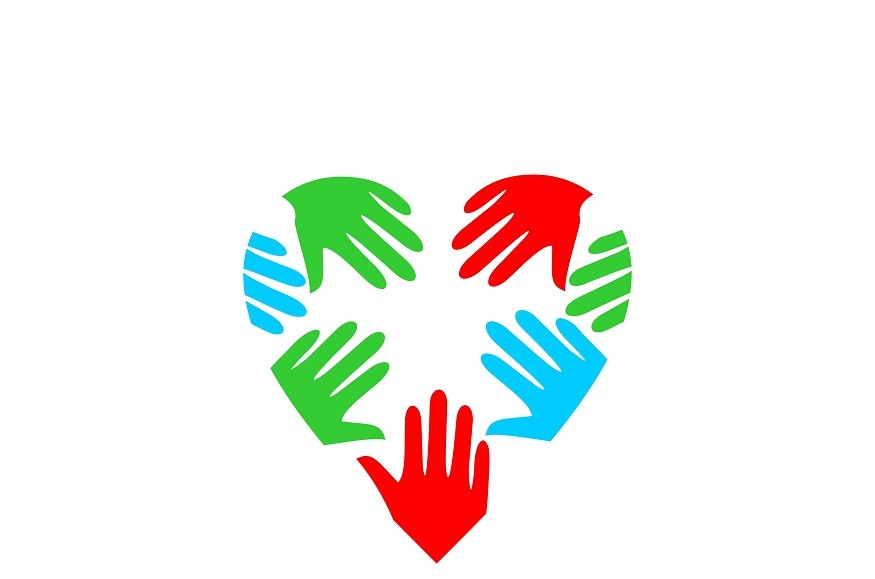 Knowing how to take care of our team means to be in touch, to care, to consider, to take interest, to devote, to put oneself in others’ shoes, to show empathy, to demonstrate to the members of the team that they’re recognized in their individuality beyond their role, their responsibilities and their performance.
Knowing how to take care of our team means to be in touch, to care, to consider, to take interest, to devote, to put oneself in others’ shoes, to show empathy, to demonstrate to the members of the team that they’re recognized in their individuality beyond their role, their responsibilities and their performance.
These work well when they’re momentary attention and not a sustained psychological follow-up, or worse, when they create a dependent relationship. We must not exaggerate and we must make sure that this care does not absorb the team’s energy.
All team members can offer care and can receive it – the given attention circulates with fluidity. It doesn’t follow hierarchy and allows to give and to receive simultaneously.

At your job, it’s difficult to find the place where you can make a difference. There are probably people with more experience than you, more knowledge than you, even more skills than you.
Often, it’s not your task related skills that make your worth, but your people skills.
You can bring more generosity of spirit, more enthusiasm, more kindness, more resilience, more positive energy, more bravery than anyone else, at least right now.
That can be what you stand for. Simply because you choose to.

When working with customers of different cultures we should be aware that the way we communicate and what we communicate can be interpreted differently.
One example is when you are explaining something and the customer is saying yes and nodding his head throughout the interaction. Within our culture we have a tendency to assume that those verbal and non-verbal clues mean they agree to what we are saying and understand what needs to be done. It may be quite frustrating when you realize at the end of it all that he didn’t agree or didn’t understand.
This is a common predicament when working with cultures that favour politeness over frankness.Particularly in Asian countries, it is common for people to agree to do a task even when they don’t know what they're supposed to do rather than ask for further instructions.
To avoid not really knowing whether a customer understands what you are explaining or requesting, ask them to repeat back the information.This way you can work out whether you need to change what you are saying to get your message across.
Remember that politeness over frankness generally means you will find it difficult to have discussions and feedback, you will have to seek it proactively and not expect it naturally.
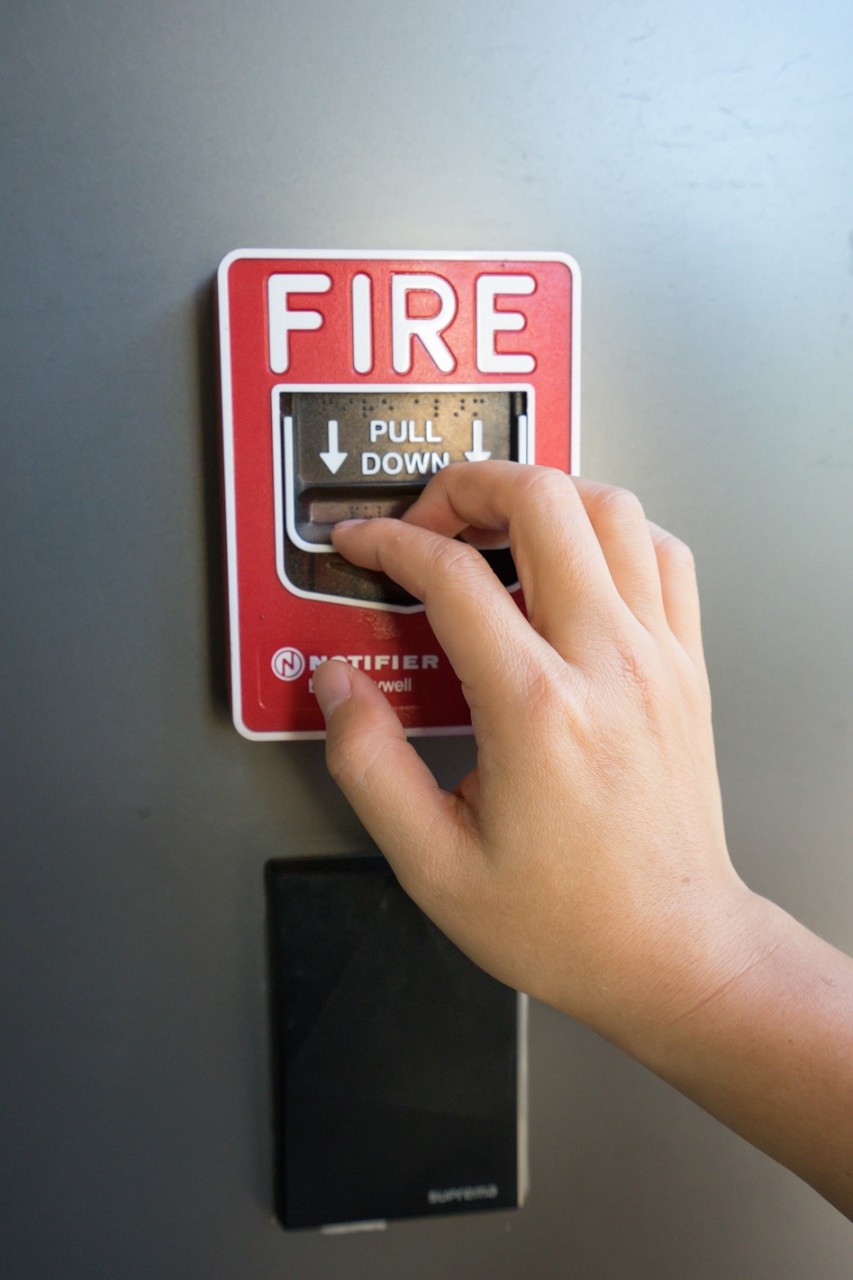
In any organization of more than two people, there's the opportunity to escalate a problem.
When the software doesn't work, or the customer is in a jam or something's going sideways, you can hand the problem up the chain. Escalation not only brings more energy to the problem, but it spreads the word within the organization. And, even better, it keeps you from losing the customer.
Here's the thing: at some point, organizations start training their people not to escalate. They fear staff will cry wolf, or they get tired of pitching in.
The moment this happens is the moment you begin to give up on your customers.
Either give your front line the power to fix things, on the spot, or encourage them to call for help when it's needed.

Mess can be a distraction and nothing that distracts allows an effective use of your time.
If your main workspace (physical or virtual) is messy, you’ll end up wasting time looking for things or constantly be distracted by non-priority tasks.
Remember that a cluttered desk translates to a cluttered mind. Don’t wait, get started on your Spring cleaning!

A team is not automatically effective just because a group of competent and talented people is called to work together.
Groups must go through essential evolution that will start by a grouping of individuals – to arrive at a fully developed and successful team.
When people come together to create a team, it starts with a group of people, each with their own vision, their own ideas, and their own agenda. Then, they start to develop common goals and, by uniting their efforts to reach success, they become a group. It is only once they are entirely united and integrated and they feel all responsible for the results that they can call themselves a “team”.

Seth Godin said it so well in his post titled: Without a sail.
I have seen people float around for a lifetime, a whole career. With no direction, no purpose, at the mercy of circumstances. Floating is not only insufficient, it’s also very unsatisfying.

Our education has always prioritized reading, writing and conversation as the main communication skills, and left listening skills behind.
Most people give little value to the importance of listening more effectively and, when they listen, they are rather preparing a response and thinking about regaining control of the conversation instead of understanding. This habit often results in unhappy customers and ticked-off colleagues and employees.
The ability to listen actively is considered one of the key qualities in a work context. The issue is that most people don’t realize how their bad habits can affect and obstruct their capacity to listen, and consequently, the effectiveness of their communication.
Many among us assume we are good listeners, but it is not the case. Studies show that the untrained listener listens with an average effectiveness rate of 25%. Listening is a skill that can be learned - a competence that can be developed.

Organizations keep making big promises, and service providers struggle to keep those promises.
Sooner or later, it leads to a situation where a broken promise arrives on the customer's lap.
In that moment, what the customer wants most is someone to care.
Professionals do emotional labor all the time. They present the best version of their professional self.
If you care, that's great. If you don't, at least right now, well, it's your job.
Doing it with effort and consistency, is what your customers need from you.

Change is inevitable, and the key to turning that initial discomfort into success is to accept and adapt.
Remember that you can’t control everything and accept that there are external factors beyond your control.
You always have the choice to resist or adapt.

” Synergy is producing a third alternative – not my way, not your way, but a third way that is better than either of us would come up with individually. It’s the fruit of mutual respect – of understanding and even celebrating one another’s differences in solving problems, seizing opportunities. Synergistic teams and families thrive on individual strengths so that the whole becomes greater than the sum of the parts. Such relationships and teams renounce defensive adversarialism (1+1=1/2). They don’t settle on compromise (1+1= 1 ½ or merely cooperation (1+1=2). They go for creative cooperation (1+1=3 or more).”
Stephen Covey -7 Habits of Highly Effective People
 To empathize with others is a hard thing to do. We're not born emphatics, therefore it's not our first instinct. We are simply not wired to walk in someone else's shoes.
To empathize with others is a hard thing to do. We're not born emphatics, therefore it's not our first instinct. We are simply not wired to walk in someone else's shoes.
Showing empathy is difficult and tiring, but it’s precisely what we need to do to really understand others.

Feedback is a conscious and judicious response to someone’s actions, results, methods, attitudes and behaviour - it’s communication that gives information to someone about the way they affect others.
There are two types of feedback:
Positive feedback is used to highlight and reinforce behaviour deemed desirable and effective, and focuses on consideration, self-esteem and personal validation. It considers the strong points, appreciates skills and efforts made and encourages the person to keep going.
Constructive feedback touches on the elements that require an adjustment, or even an improvement. It aims for critical thinking, for consideration of alternative solutions, for the broadening of possibilities and for questioning the status quo. It is neither blame, criticism or punishment. Feedback, in all its forms, must be used benevolently in order to allow the receiver to positively progress. This communication tool is, above all, an intention for improvement, development and growth.

Now and then, you’ll find yourself in the situation where you are asked a question to which you don’t know the answer. You don’t want to appear incompetent or uninformed. So, what do you do?
First, it’s never ok to make assumptions (even if it seems like common sense). If you don’t know, don’t guess or lie. That’s misleading and dishonest.
Second, it’s never ok to brush them off with an “I don’t know” and make the customer keep searching for the answer. That’s your job and you are being rude!
Finally, it’s perfectly ok to not know an answer. People will always appreciate an honest response, even if you have to say:
- I’m not sure, but I will find out!
- That’s a great question. I want to give you the correct answer, and I will check with someone.
- Here’s what I know, here’s what I don’t know, here’s how I’ll find out.
- I'm not sure how to answer that. Hang on and I'll find someone who can help you.
And then you look up the answer or find someone who knows the answer.
You aren't expected to know everything, but you are expected to do what you can to figure out the answer. Just know where to go, or who to go to, to get the correct answer.
It’s not our ability to answer every question that matters as much as our ability to handle every question with proactiveness and professionalism.

Warren Bennis addressed the role of individual responsibility in becoming a better leader when he said: “The leader never lies to himself, especially about himself, knows his flaws as well as his assets, and deals with them directly. You are your own raw material. When you know what you consist of and what you want to make of it, then you can invent yourself.”
Bennis, Warren (1989). On becoming a leader

As a team player, you will not always get to do things your way. Many people allow their ego to get in the way of compromise by seeing it as a weakness, a win-lose scenario, an abandonment of principles and values or a lack of assertiveness.
In reality, the ability to compromise has to come from a place of strength and confidence, with the conviction that what you have to lose isn’t as important as what you have to win. It’s not reluctantly sacrificing – it’s willingly renouncing. You give a little to get something greater in return. It means stepping up without hesitation.
Take into consideration why things might need to be done differently than you originally thought, be willing to see the merits of their case and be willing to change your mind.
Ask questions to better understand their point of view or why you need to do something differently.
- Tell me about ____.
- Why do you feel that way?
- How am I hurting the team’s performance?
- How can I do it better?
- Help me understand the issue more clearly.
When you understand what you have to gain (or might have to lose), you will be more willing to compromise.
When you compromise with your coworkers, you are leading by example, stating that the team works with one another rather than against one another. And that is a win-win scenario every time.

Highly successful people view reaching out to receive support as a strength. Also, successful people label fear by its name. They don’t bother calling it stress, anxiety or nerves.
When we call fear stress, we tend to blame situations and other people for our responses. This leads to feeling of helplessness and encourages us to complain rather than to act.
Yet when we call fear by name, we are led to take action by actually addressing it.

Email seems to be the chosen professional tool of communication for most of us.
It gives us time to think. It’s quick and concise. And most importantly, there is written proof.
But even if it seems that phones are on the path to extinction, there are moments where they are still essential - especially if the issue is complex or the subject is uncomfortable.
When we communicate over the phone, we improve our chances of understanding each other (in comparison to email). Choose this communication channel if there are possibilities of misunderstanding or confusion.
If you need a written agreement (because writing remains), you can always send a recap email following the call. It will act as a second validation.
 We all try to do things right. No one sets out to do wrong when servicing customers. But mistakes do happen. When this happens, so does the opportunity to improve customer loyalty and build valuable goodwill.
We all try to do things right. No one sets out to do wrong when servicing customers. But mistakes do happen. When this happens, so does the opportunity to improve customer loyalty and build valuable goodwill.
When something goes wrong, most people merely want to be heard and acknowledged. So, listen actively, apologize sincerely, don’t make up excuses, then ask what you can do to make it right.
Service recovery is a proven strategy and an investment that will make you bounce right back to credible and trustworthy.
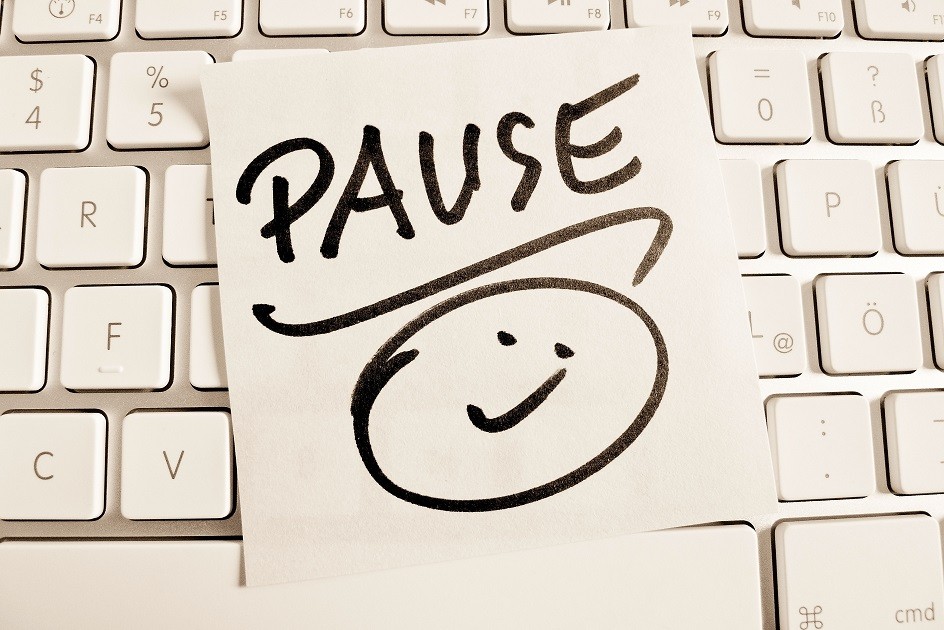
During our work days, we are constantly solicited by emails, tasks, deadlines to the point of getting completely saturated. With a sometimes superhuman effort, we keep going without ever questioning if we are really performing or if we are simply productive.
These moments are fundamentally empty - we are here, but not really. We’re guilty of presenteeism.
During these moments, it would be more valuable to take a few minutes to get refreshed. We often only need a few minutes to jump right back into it, with clearer ideas that allow us to perform better. Come on, get up! Go drink some water. It’s your “performance” break!
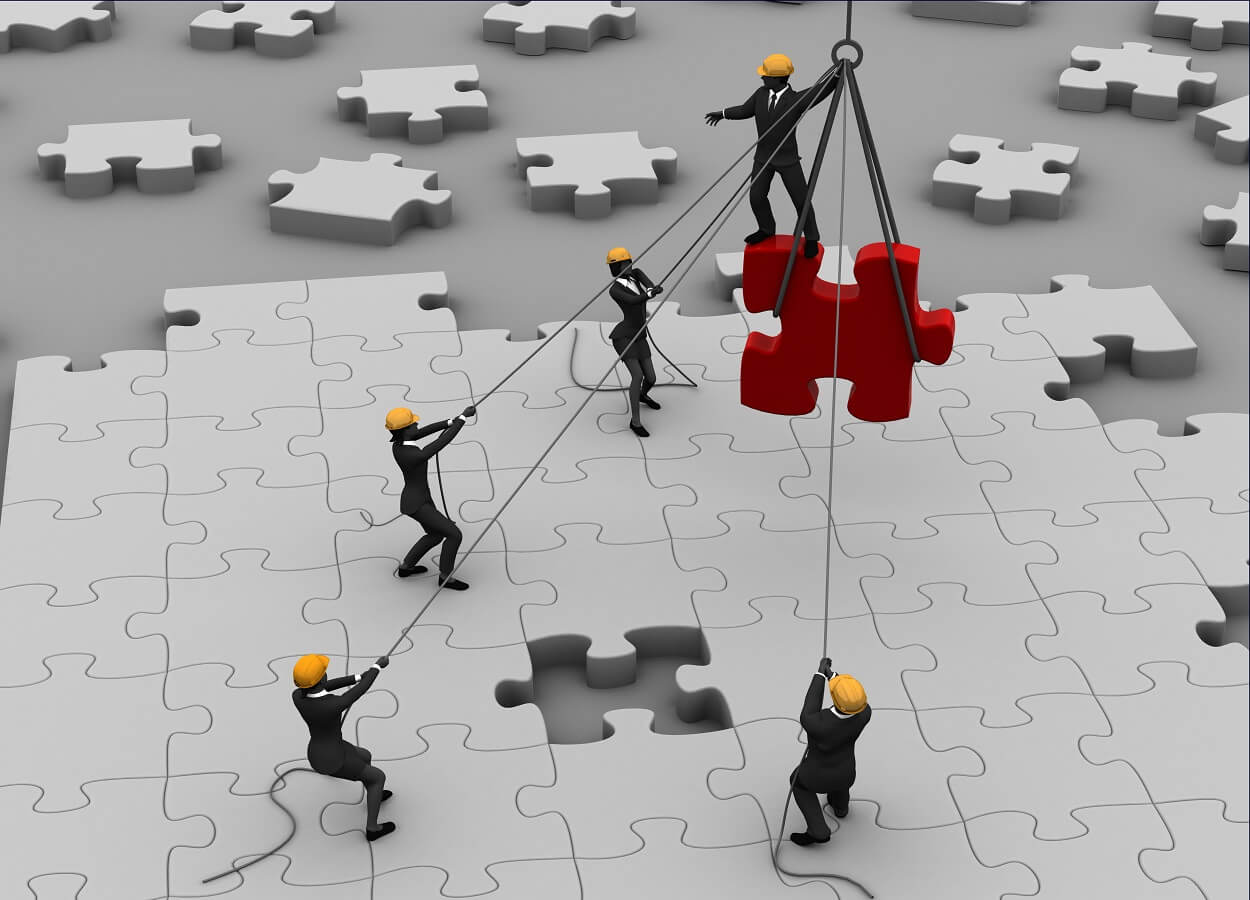
Everyone wishes to be part of a great team in their workplace. Because great teams have the energy, drive and means to strive for excellence and succeed.
But if you want to be part of an awesome team, you have to be, first and foremost, an outstanding team player.
Team players are genuinely committed to their organization, to their team and its members. They involve others and are involved. They show up and are generous with their knowledge and skills. They come prepared and are problem-solvers.
It is not enough to just sit quietly and get your work done… and it’s definitely not in your interest if you want to be part of a great team.

Which personality traits will make you a happy and accomplished person?
Psychologists from University of London have identified the “life skills” of those who are thriving. These life skills include five characteristics that help us manage our lives:
Experts have observed that the level of subjective wellness, income, quality of social relationships, physical and mental health are predicted by the number of life skills that a person possesses. And they can be developed!
Cerveau & Psycho (June 2017)
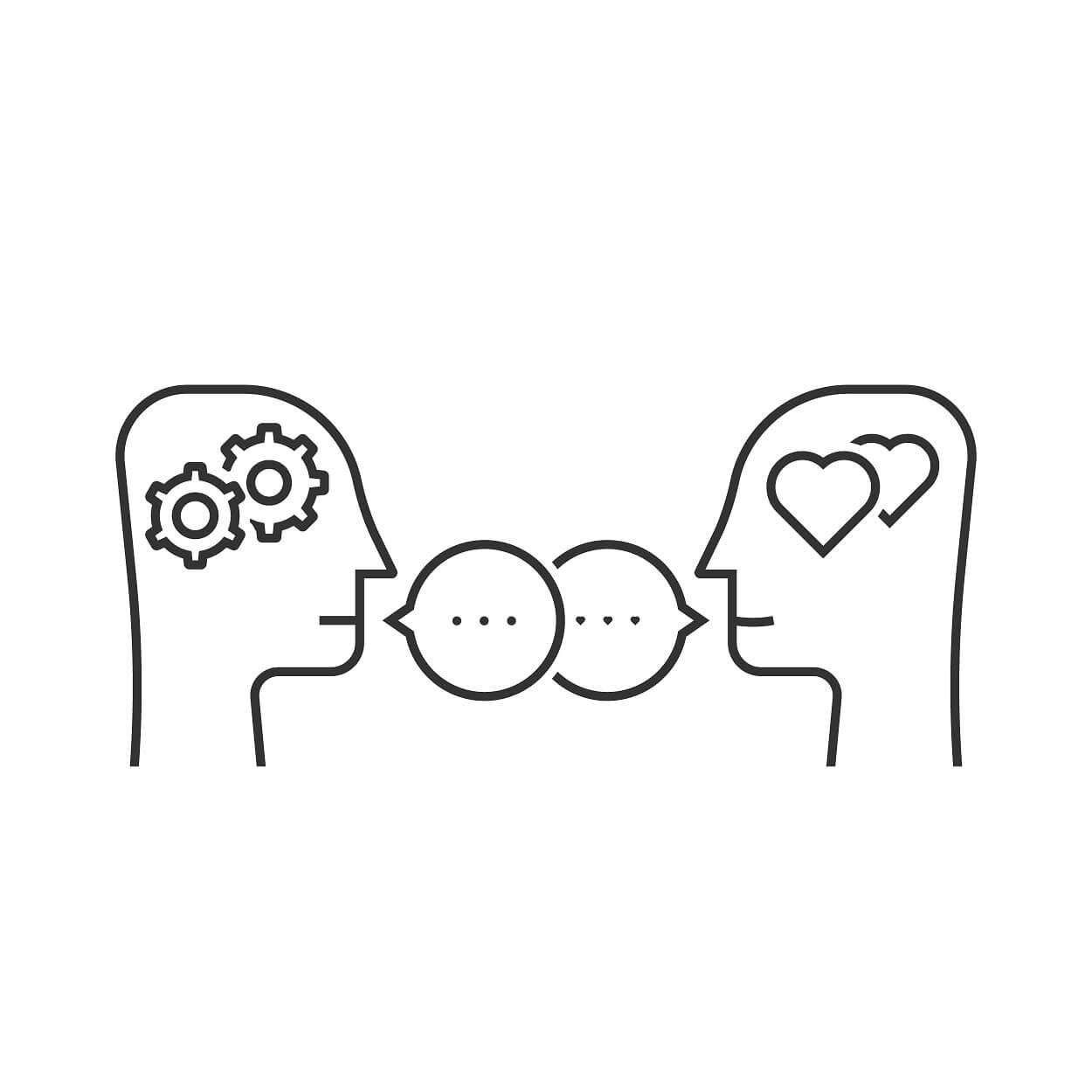
Interpersonal communication includes two dimensions: the explicit content dimension and the relational dimension that conveys meaning tied to the affective state of the interlocutors and their relationship.
To summarize:
The relational dimension of communication contains meanings that have as much weight and impact as the content of the message. These meanings are often expressed through non-verbal and para-verbal communication.
The essence of communication does not reside in the transfer of information from a transmitter to a receiver, but in the relational process and the results of the interaction.
Only taking the content dimension into account is like amputating the interaction from its essential meanings. «Communication» problems are rarely a simple misunderstanding about the content.
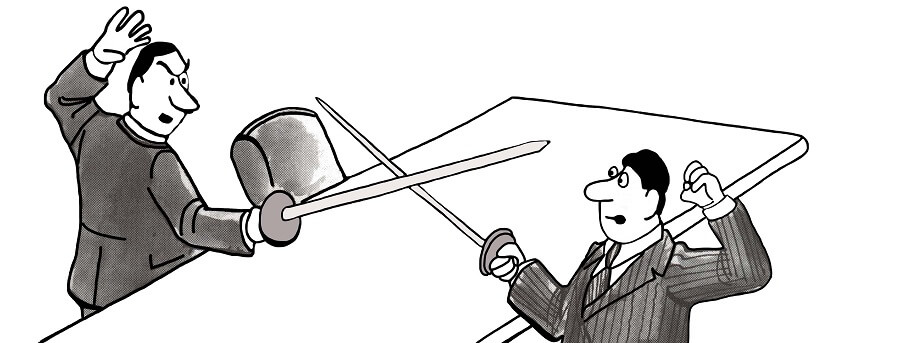
As part of a search term analysis from our users, we found this question: How do we prove a Customer wrong?
It’s always surprising to see that we’re still looking to tell the Customer he is wrong.
Let’s clarify. The Customer is not always right. But he is still the Customer.
You can absolutely make your case, and even have the last word. You might be right. However, right or wrong, your efforts will lead nowhere: the Customer won’t change his mind. Your objective is to offer quality service, not to be proven right. Whether or not your organization is private or public, this is a LOSING result for YOU.
Check out our article “When the Customer is wrong” from October 6h, 2016.
« Vraiment une formation extraordinaire, et habituellement, je suis très critique! Tout le personnel devrait suivre cette formation, il y aurait un gain d’efficacité! »
Ville de Québec
« C’est avec un grand professionnalisme que l’entreprise a offert une formation attrayante et de qualité à nos employés. Nous sommes particulièrement satisfaits des résultats obtenus grâce à cette intervention et il nous fera plaisir de retravailler avec Solutions & Co. dans l’avenir. »
Xavier Aymé, Chef des opérations | Mercator Canada Inc.